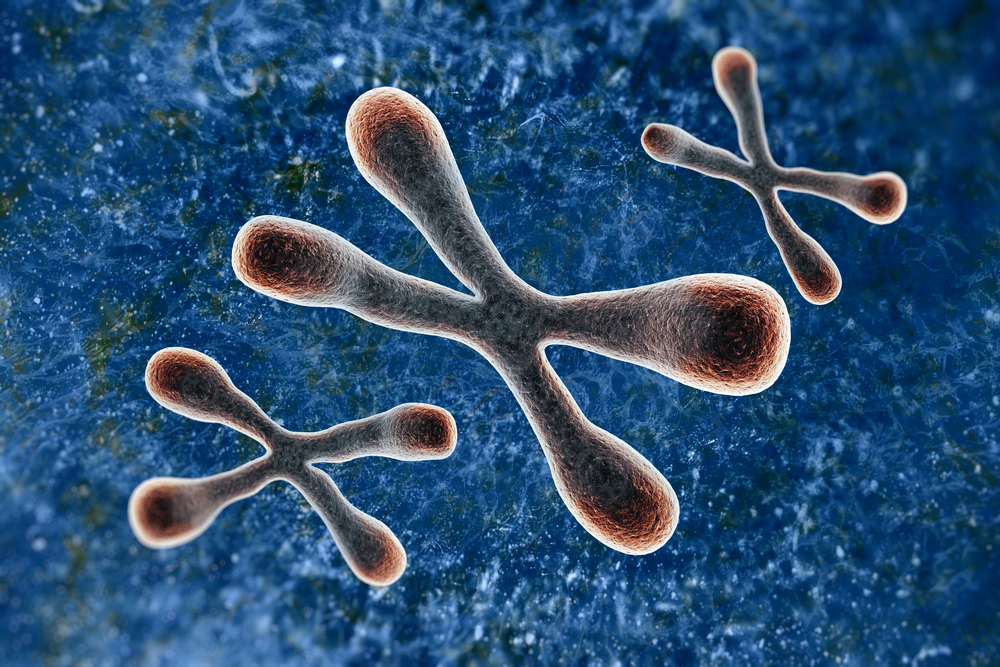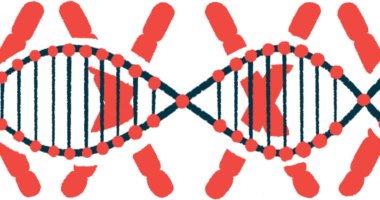Children with Classical Ehlers-Danlos Sensitive to DNA Damage via Radiation, Study Says

Children with classical Ehlers-Danlos syndrome are more sensitive to diagnostic low-dose radiation that other children, leading to a higher rate of damage to their chromosomes, a study shows.
The study, “Genome damage in children with classical Ehlers-Danlos syndrome – An in vivo and in vitro study,” was published in the European Journal of Medical Genetics.
Although rare, Ehlers-Danlos syndrome (EDS) is the most common genetic disease of connective tissue, affecting between 1 and 5 per every 25,000 people.
In diagnostic testing, EDS patients are often subjected to different types of radiation — including X-rays, magnetic resonance imaging (MRI), and computed tomography (CT) scans.
It is known that even low doses of ionizing radiation can cause mutations to genes and increase in instability in the genome.
Studies in cells derived from EDS patients have also shown weaker-than-usual DNA repair mechanisms after exposure to gamma radiation in a laboratory setting.
For this reason, researchers investigated the biological effects of low doses of ionizing radiation, measured by the frequency of chromosomal aberrations, in children with EDS, whose systems are still developing and may be particularly sensitive to radiation. Chromosomal aberrations or mutations refers to a missing, extra, or an irregular portion of DNA.
Researchers started determined the baseline (study’s start) value of chromosomal aberrations in 11 EDS children (average age, 12) compared to 12 age-matched healthy children who had never been exposed to diagnostic ionizing radiation and served as controls.
Young patients were found to have a higher frequency of chromosomal aberrations at baseline, and “although not significant, a higher frequency of chromosome breaks … in chromosome groups described to carry genes associated to the classical EDS profile,” the study noted.
They then performed exposed blood cells from EDS patients and controls to low-dose radiation (0.1, 0.2 and 0.3 Gy).
Results showed a statistically significant increase in radiation-induced chromosomal aberrations in cells of the children with EDS — both boys and girls — compared to the healthy group.
“Children with EDS express higher background chromosome aberration frequency and increased radiosensitivity,” the researchers concluded. “These findings suggest [a] specific susceptibility of EDS patients and [the] importance of future investigation on risks of diagnostics and therapy which include radiation and genotoxic agents.”






